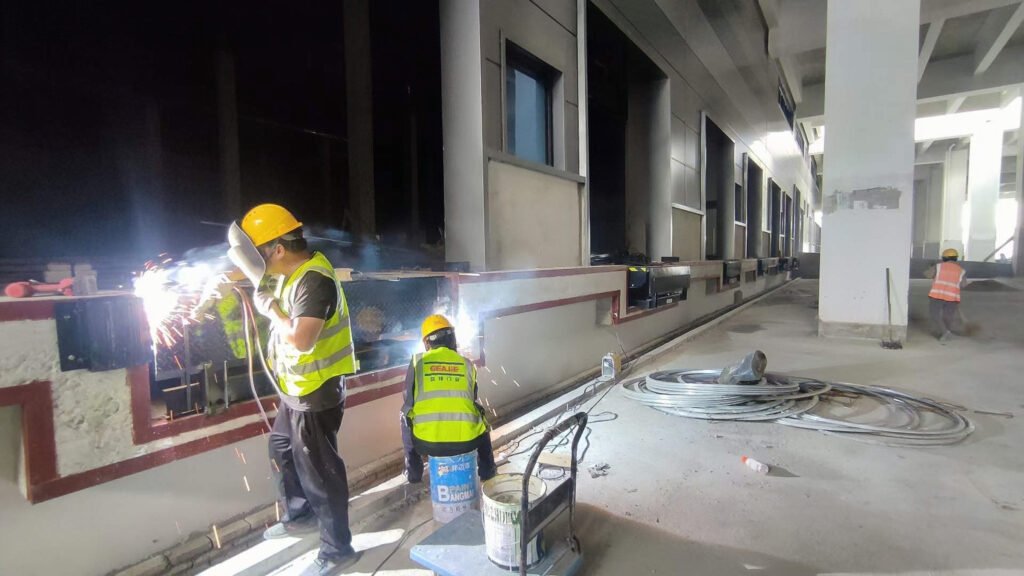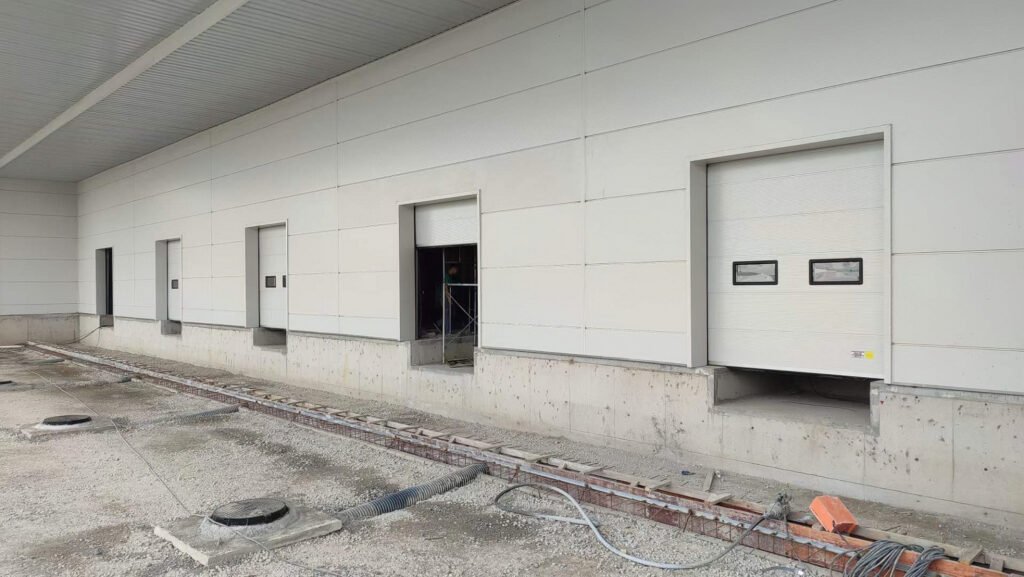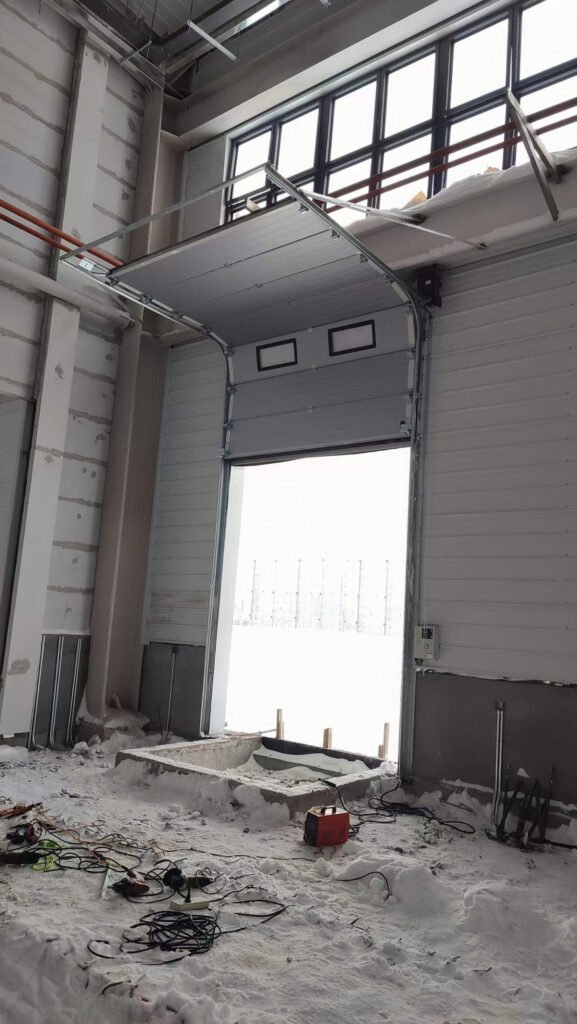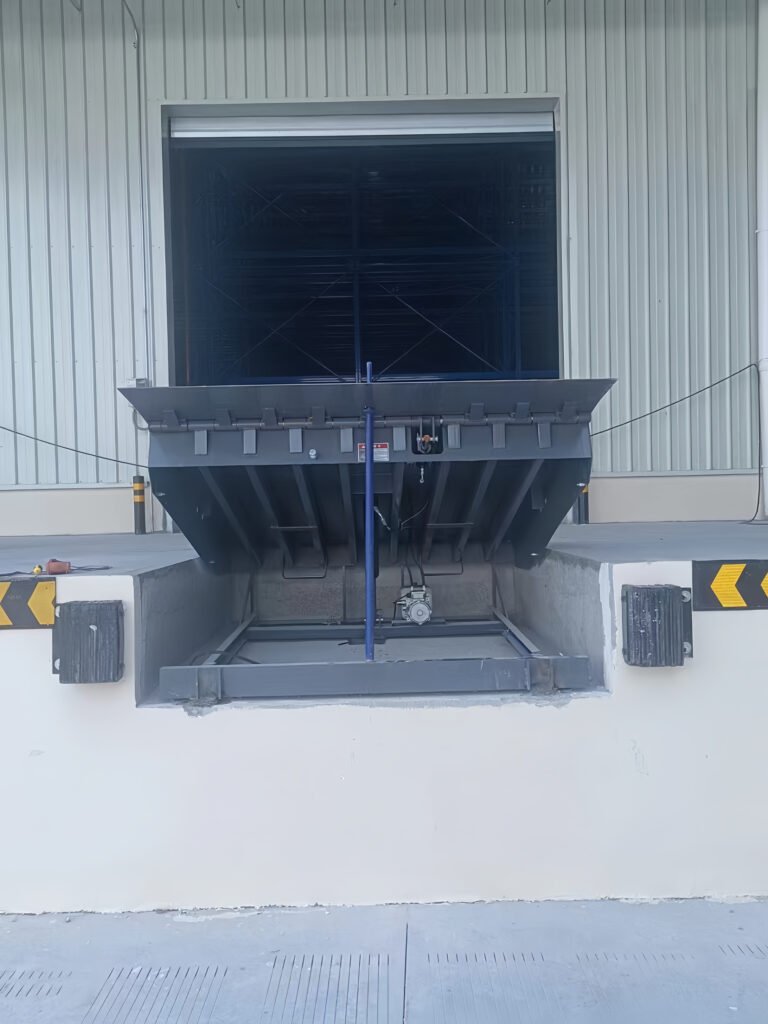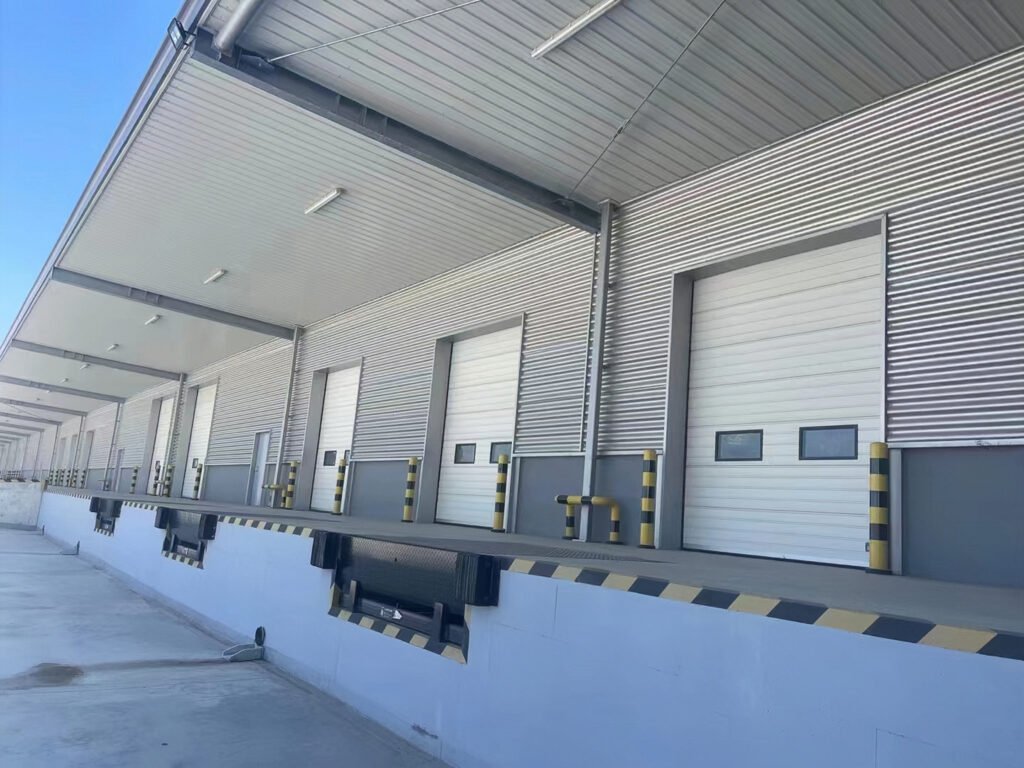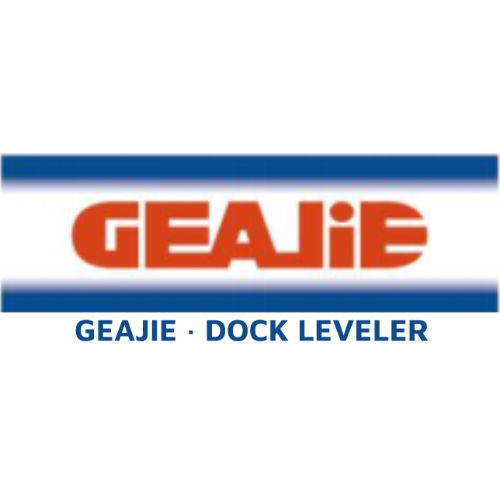Dock levelers are essential equipment in the logistics and warehousing industry, creating a stable bridge between trucks and warehouse docks to ensure the safe and efficient loading and unloading of goods. Based on installation methods and applicable scenarios, dock levelers can be divided into three main categories: pit-mounted dock levelers, edge-of-dock levelers, and mobile dock levelers. Each category contains several subtypes, tailored to different operational needs.
First Category: Pit-Mounted Dock Levelers
Pit-mounted dock levelers are installed in a pre-cut pit in the warehouse floor, fixed in position. These platforms are typically used in warehouses or distribution centers with high-frequency loading and unloading operations and heavy traffic.
Subtype 1: Hinged Lip Dock Levelers
Hinged lip dock levelers are the most common type, featuring a lip that can fold up and down, making them ideal for standard logistics warehouses. They accommodate different truck bed heights and provide a smooth transition for cargo during loading and unloading.
Subtype 2: Telescopic Lip Dock Levelers
Telescopic lip dock levelers are suited for environments requiring higher environmental control, such as cold storage or food warehouses. The extendable lip allows precise docking with the truck without compromising the internal warehouse environment, reducing heat loss or contamination.
Subtype 3: Vertical Storing Dock Levelers
Vertical storing dock levelers are designed to be stored upright when not in use, making them ideal for environments with high cleanliness standards, such as pharmaceutical cold storage or sealed warehouses. Their design helps reduce energy consumption and maintain a clean internal environment.
Function:
Pit-mounted dock levelers provide a stable operational base, ideal for frequent and heavy-duty loading and unloading tasks. They are often equipped with automation features, reducing manual intervention and improving operational efficiency.
Second Category: Edge-of-Dock Levelers
Edge-of-dock levelers are installed directly on the edge of the warehouse dock without requiring a pre-cut pit. These platforms are suitable for warehouses with limited space or those that cannot accommodate pit installations.
Subtype 1: Manual Edge-of-Dock Levelers
These platforms are manually operated and are suitable for handling lighter loads and locations where truck bed height variation is minimal. Their simple structure and low cost make them ideal for small warehouses with limited budgets.
Subtype 2: Hydraulic Edge-of-Dock Levelers
Hydraulic edge-of-dock levelers use a hydraulic system to adjust height, making them suitable for environments requiring slightly higher load capacity and height adjustment range. While their adjustment range is limited, their compact design makes them an excellent choice for space-constrained warehouses.
Function:
Edge-of-dock levelers are mainly used in warehouses with limited space or where pit installations are not feasible. They are easy to install and are suitable for light to medium-weight loading and unloading operations.
Third Category: Mobile Dock Levelers
Mobile dock levelers are flexible platforms that do not require fixed installation, allowing them to be repositioned as needed. They are particularly suitable for warehouses without fixed docks or for temporary loading operations.
Subtype 1: Wheeled Mobile Dock Levelers
These platforms are equipped with wheels, making them easy to move within the warehouse. One end connects to the truck, while the other rests on the ground, allowing forklifts to directly access the truck for loading and unloading. They are ideal for logistics companies with high volumes of loading and unloading.
Subtype 2: Folding Mobile Dock Levelers
Folding mobile dock levelers are compact in design, making them easy to store and transport. Their flexibility makes them well-suited for operations that require frequent repositioning of the platform, particularly in warehouses with limited space.
Function:
Mobile dock levelers provide convenience for warehouses without fixed docks or those requiring flexible loading operations. They can easily adapt to various loading needs, reducing the dependency on warehouse infrastructure.
Conclusion
By categorizing dock levelers into these three main types and their subtypes, warehouses and logistics centers can choose the most suitable platform type based on their operational needs, space constraints, and budget. Pit-mounted dock levelers offer a stable and efficient solution for high-frequency and heavy-duty operations; edge-of-dock levelers excel in compactness and ease of installation, making them ideal for space-limited environments; mobile dock levelers provide great convenience and operational flexibility for dynamic loading needs.
